Tesla might want to take a closer look at this individual. Using a Raspberry Pi, John Skagmo has transformed a children's electric car, originally designed to move back and forth, into the most advanced vehicle in its class.
John acquired a children's electric car with a "dead" battery and revived it. He equipped the car with a Raspberry Pi and a touchscreen, a sound system, improved controls, functional headlights, and more.
Initially, Skagmo aimed to build a car from scratch for his daughter. However, he redirected his efforts towards what he enjoyed most: electronics. This was a very basic vehicle that could only move forward and backward, which the enthusiast enhanced into something much closer to modern cars. He created a dashboard with functional buttons and switches, a selfie camera, a touchscreen display, and a speaker.
All these features operate under the management of a Raspberry Pi 3 with a special GPS/GNSS daughterboard. The father uses it to track where the car is going—settings are transmitted via Wi-Fi to a Home Assistant server.
The sound system includes an amplifier connected to a small subwoofer beneath the seat and a speaker on the dashboard. The accelerator pedal is proportional— the more the child presses it, the faster the car moves.
The dashboard is constructed in a 3U form factor. The sides are made of plywood, while the panel itself is crafted from 2.5mm aluminum sheet. It features a wide-angle selfie camera, primarily for "recording fun videos, but also useful for two-way video communication with the driver."
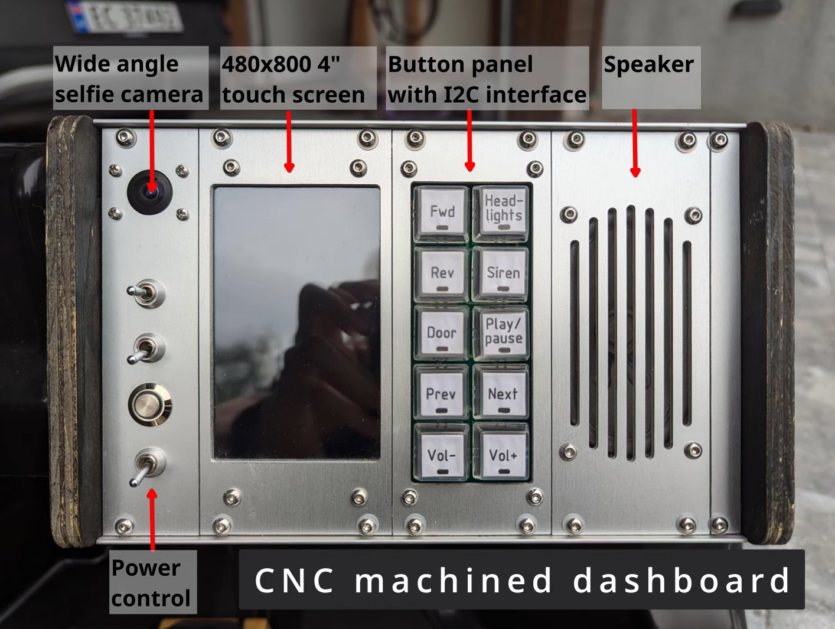
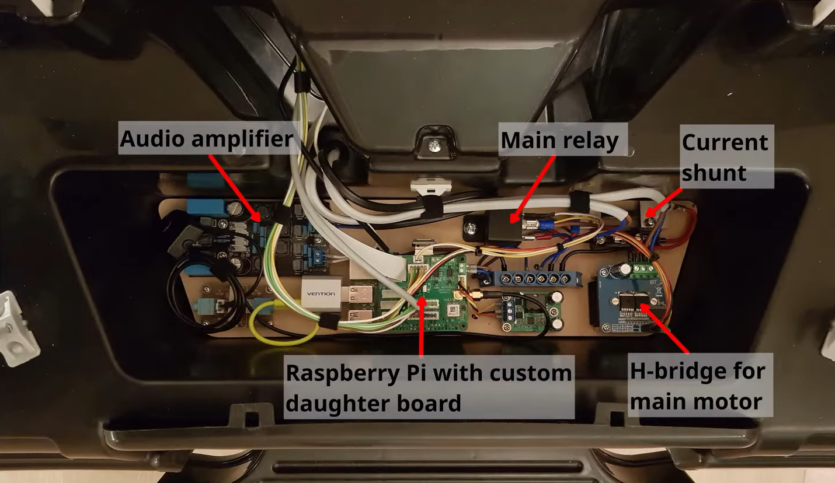
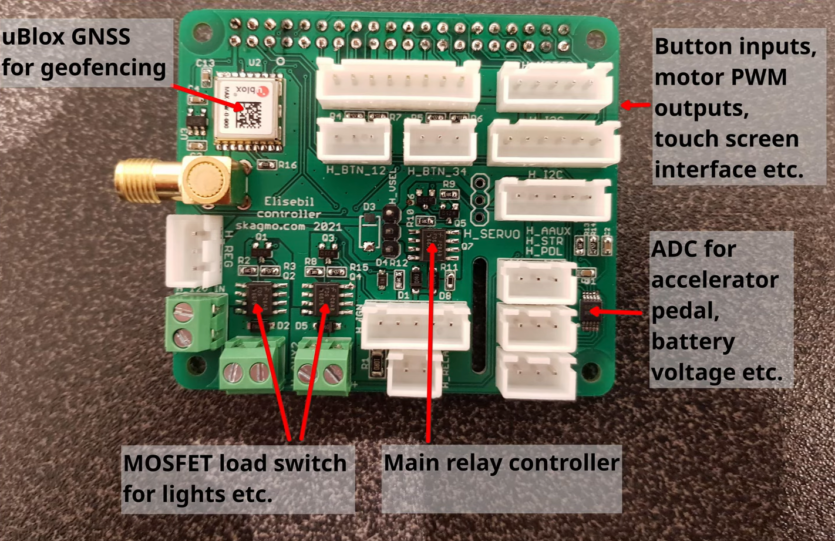
The dashboard contains a 4″ touchscreen display with a resolution of 480×800, which shows music playback, battery level, and the percentage of the accelerator pedal pressed. There's also a movable map. All of this was developed using a PyQT GUI program that Skagmo wrote for the Raspberry Pi.
A row of physical buttons with LED indicators connects via I2C to the MCP23018 microcontroller. There are buttons to switch between moving forward and backward, turning on the headlights, activating the siren, and controlling the music player. There's even a button for garage door control.
John Skagmo found "angel eye" LED headlights that fit perfectly into the headlight sticker wells. They are also connected to the dashboard and can be turned on and off with a button. Overall, the project is very thorough; any child would be delighted with such a functional vehicle.
Source: Tom's Hardware






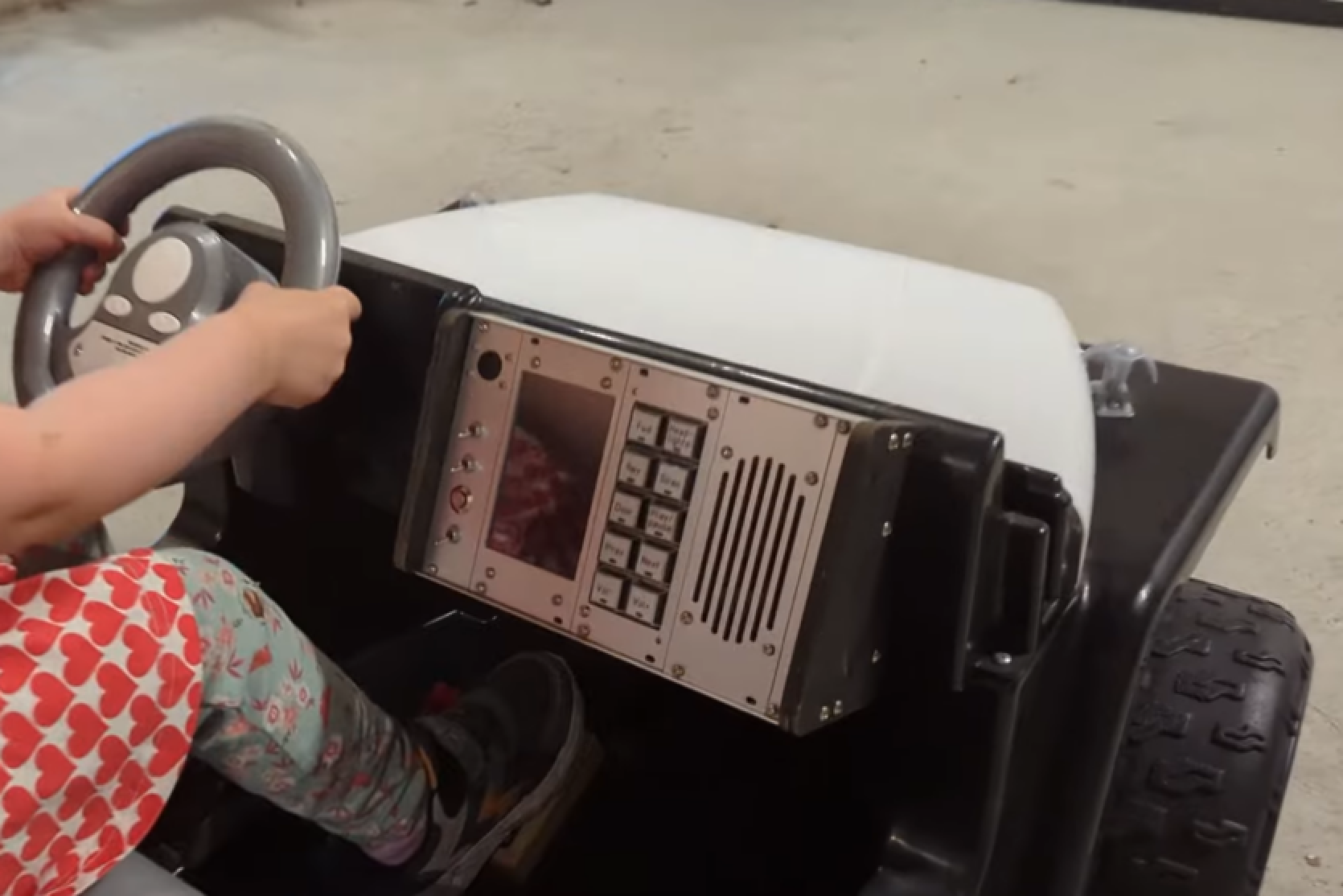


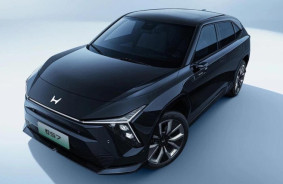

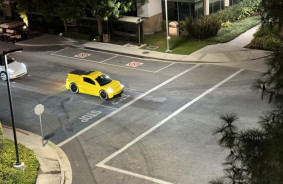
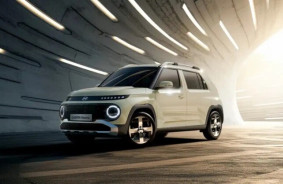
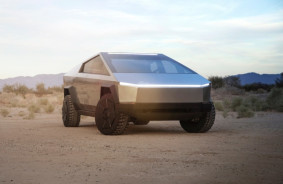
Comments (0)
There are no comments for now